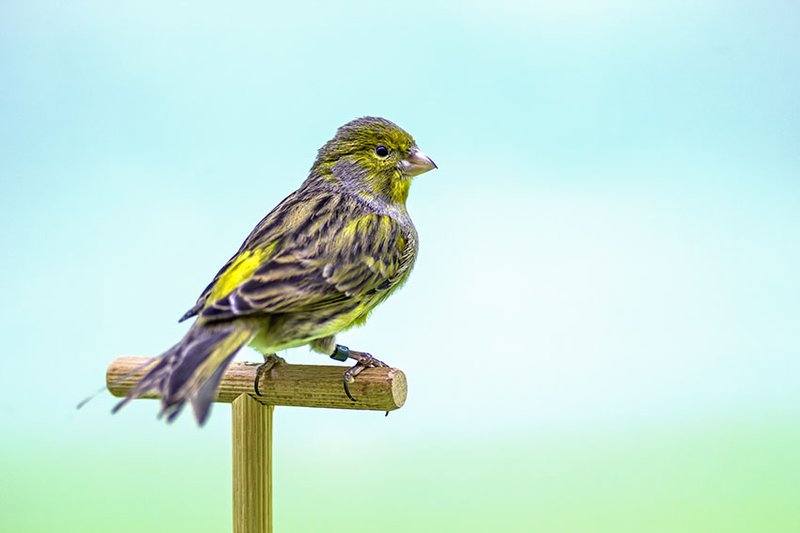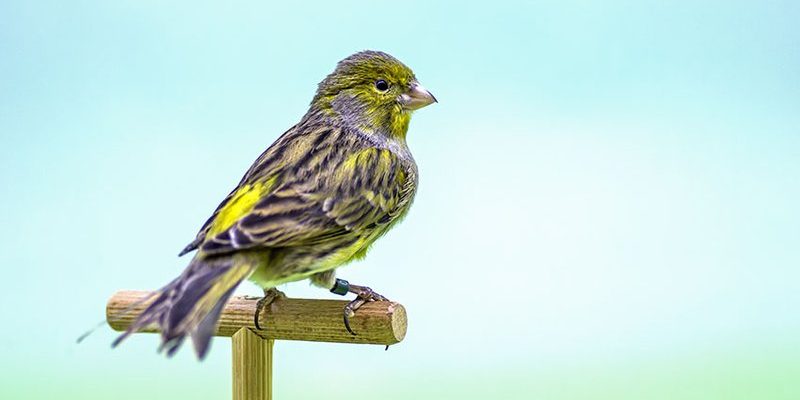
Canaries belong to the finch family and are often dotted in homes as pets. Their bright colors and sweet melodies have made them popular, but that doesn’t mean they’re safe from trouble. In the wild, they face natural predators, habitat loss, and environmental changes. As we dive deeper into this topic, we’ll uncover the facts about canaries and how their status as either threatened or endangered might affect them—and us.
Understanding the Status of Canaries
Before we jump into specifics, it’s crucial to grasp what it means for a species to be *threatened* or *endangered*. Both terms indicate that a species is at risk, but they differ in severity. A threatened species is likely to become endangered in the foreseeable future, while an endangered species is on the brink of extinction. These designations can significantly impact conservation efforts and public awareness.
Canaries, specifically the wild species found in the Canary Islands, face a variety of challenges. Urban development, climate change, and habitat destruction all contribute to their declining numbers. So, when we ask, “Is the canary threatened or endangered?” it’s vital to understand the factors at play that put them in danger.
Key Threats to Canary Populations
Honestly, when we dig into the threats facing canaries, it can feel overwhelming. But it’s vital to understand these issues, as awareness can foster action. Here are some of the primary threats:
- Habitat Loss: As cities expand, natural habitats are destroyed. Canaries rely on specific environments to thrive, and as those vanish, so do their chances of survival.
- Climate Change: Shifts in temperature and weather patterns affect food sources and nesting sites for canaries.
- Pesticides and Pollution: Chemicals used in agriculture can poison canaries and their food sources, making it harder for them to survive.
These threats aren’t just statistics; they represent real challenges for these delicate birds. Their ability to adapt is being pushed to the limit, and if we don’t act, we might lose them altogether.
The Importance of Habitats
Canaries are known for their vibrant homes in nature. They thrive in lush, green environments filled with dense bushes and trees. These habitats provide them with shelter from predators and easy access to food sources. When habitats are disrupted, it’s like taking away someone’s home.
Imagine soaring through a once-beautiful forest filled with song, only to find it replaced by concrete and noise. This is the reality for many canaries today. The loss of habitat doesn’t just impact individual birds; it can disrupt entire ecosystems. After all, every creature has its role, and when one is threatened, the balance of the whole environment can shift.
Conservation Efforts
Conservation is a bright spot on the horizon. Many organizations and agencies work tirelessly to protect canaries and their habitats. These efforts include:
- Habitat Restoration: Planting native plants and creating safe spaces for canaries to thrive.
- Public Awareness Campaigns: Educating communities about the importance of protecting these birds.
- Research and Monitoring: Studying canary populations to understand their needs better and track changes.
These initiatives are crucial for the survival of canaries, especially as they face growing threats. By joining these efforts, we can all contribute to the protection of these lovely creatures.
The Role of Domestic Canaries
You might wonder how domesticated canaries fit into this picture. While they’re not in the wild, their existence is still tied to the health of their wild counterparts. Many people love keeping canaries as pets for their cheerful songs and vibrant colors. However, the demand for pet canaries can lead to issues like overbreeding and unethical breeding practices.
Here’s a little insight: Not all canaries are bred in the best conditions. Some breeders might prioritize appearance over health, which can lead to serious genetic issues. Supporting ethical breeders and ensuring that we care for the canaries we have can make a real difference.
How You Can Help
Feeling inspired to make a difference? There are several ways you can contribute to the protection of canaries:
- Support Conservation Organizations: Donate or volunteer with groups focused on bird conservation.
- Educate Others: Share what you learn about canaries with friends and family to raise awareness.
- Choose Ethical Pet Options: If you’re considering a canary as a pet, do your research to ensure you’re purchasing from a responsible source.
Every little bit helps! By taking these small steps, we can collectively create a better future for canaries and other endangered species.
So, are canaries threatened or endangered? The answer is nuanced. They are indeed facing significant challenges that put them at risk, but there’s still hope. With ongoing conservation efforts and community support, we can help secure a future for these charming birds.
Let’s not forget that every creature plays an essential role in our world. By being aware and taking action, we can create a more balanced ecosystem where canaries—and all wildlife—can thrive. Whether they’re singing in a cage or flitting about in the wild, every canary deserves our attention and respect.

